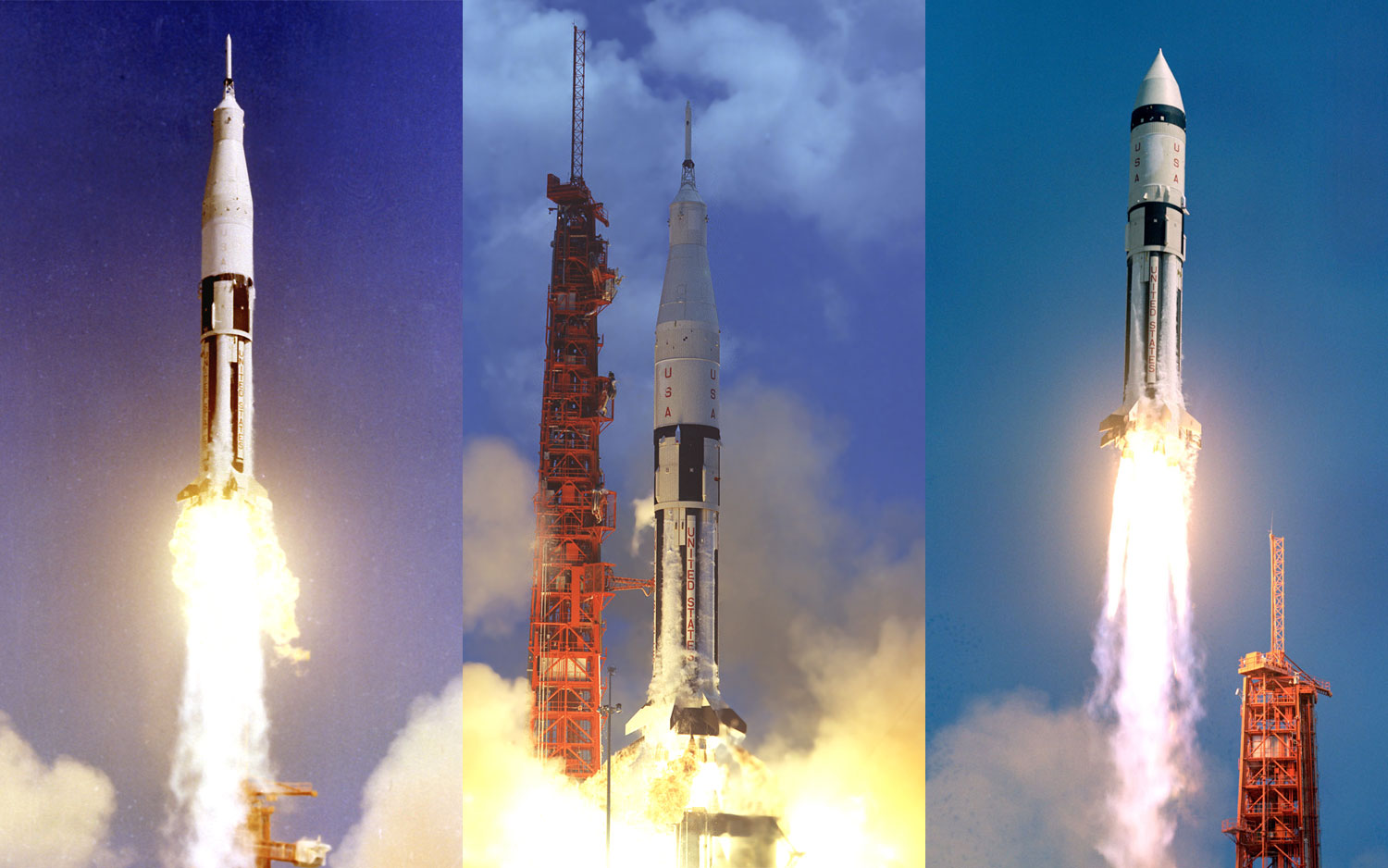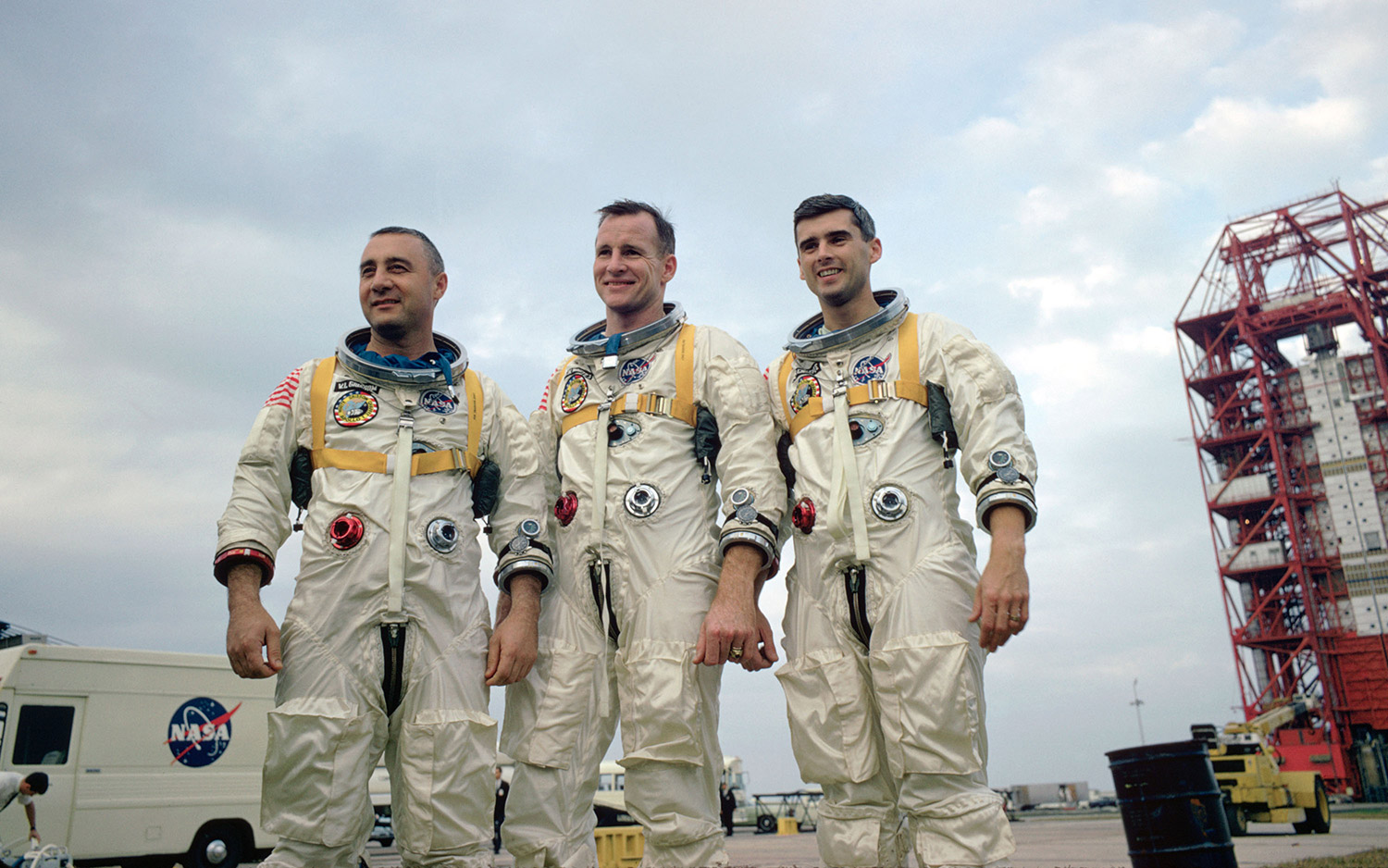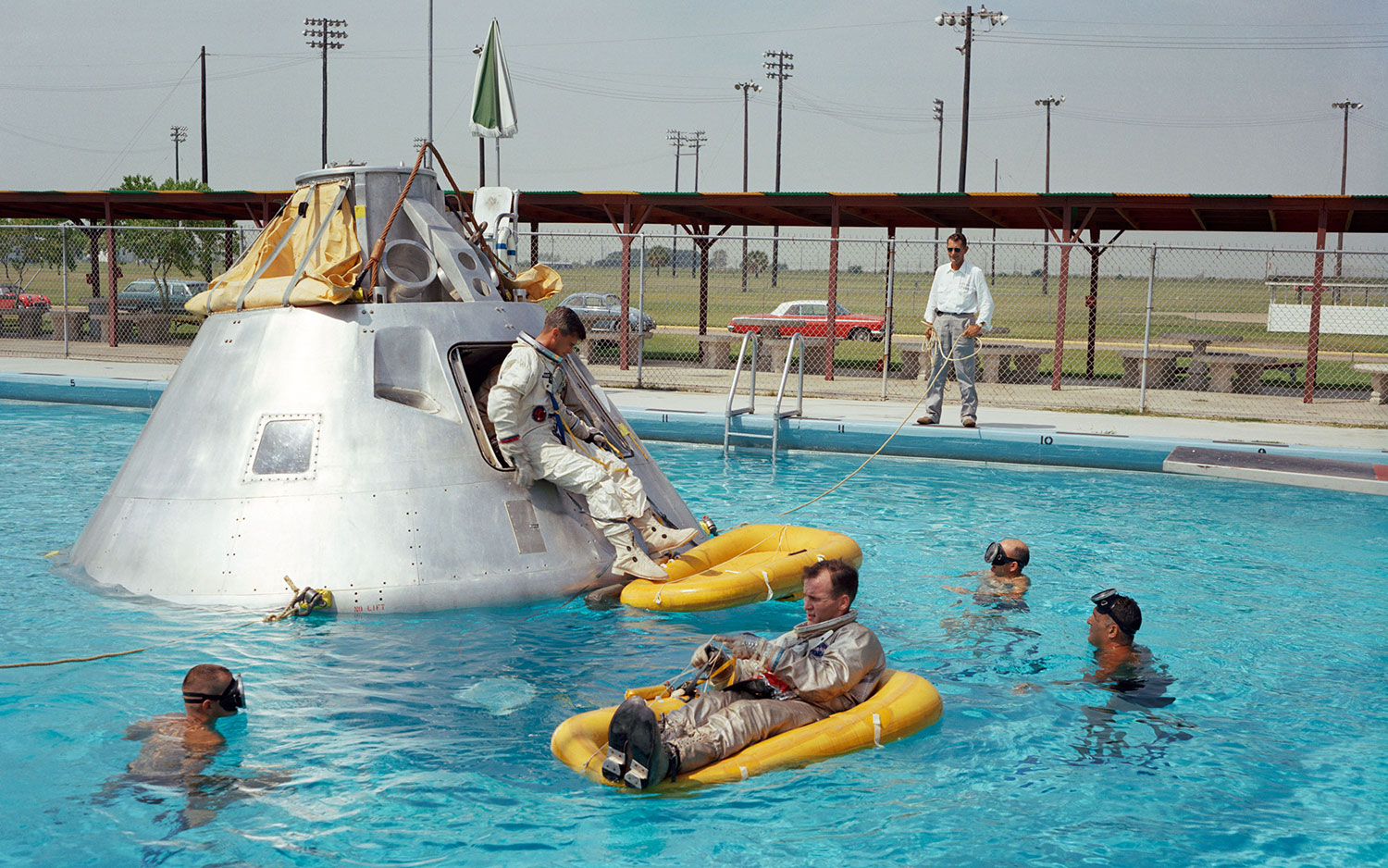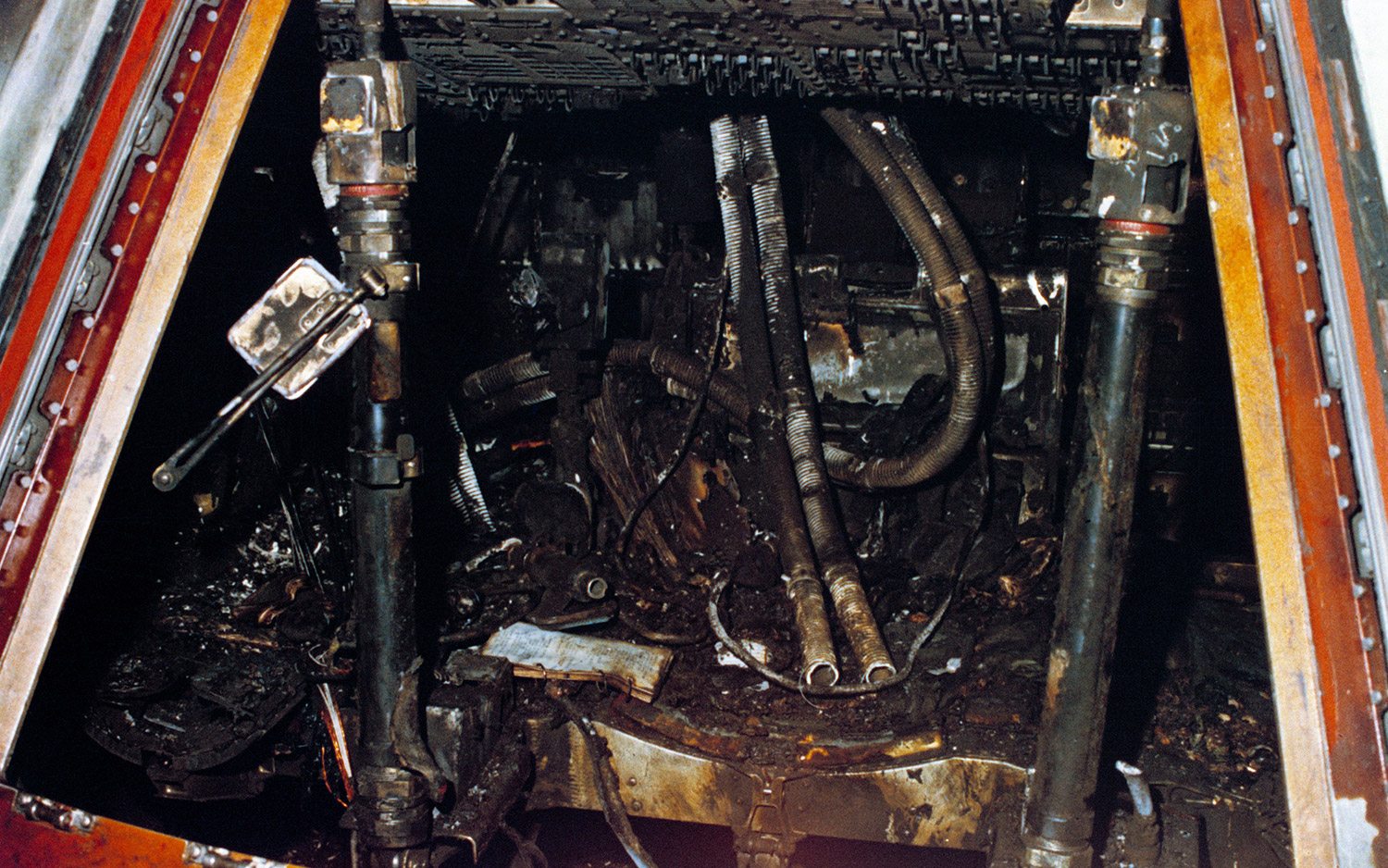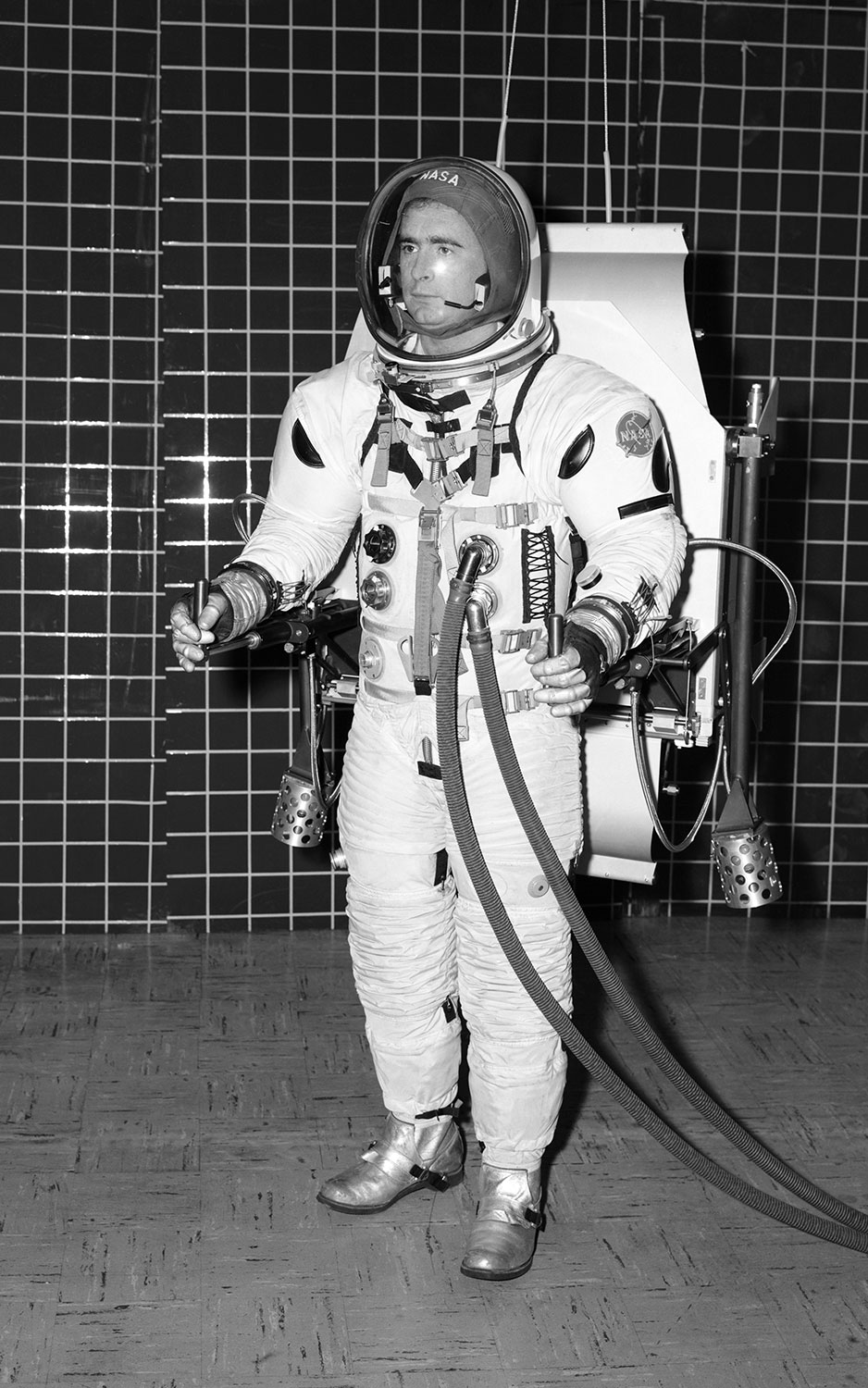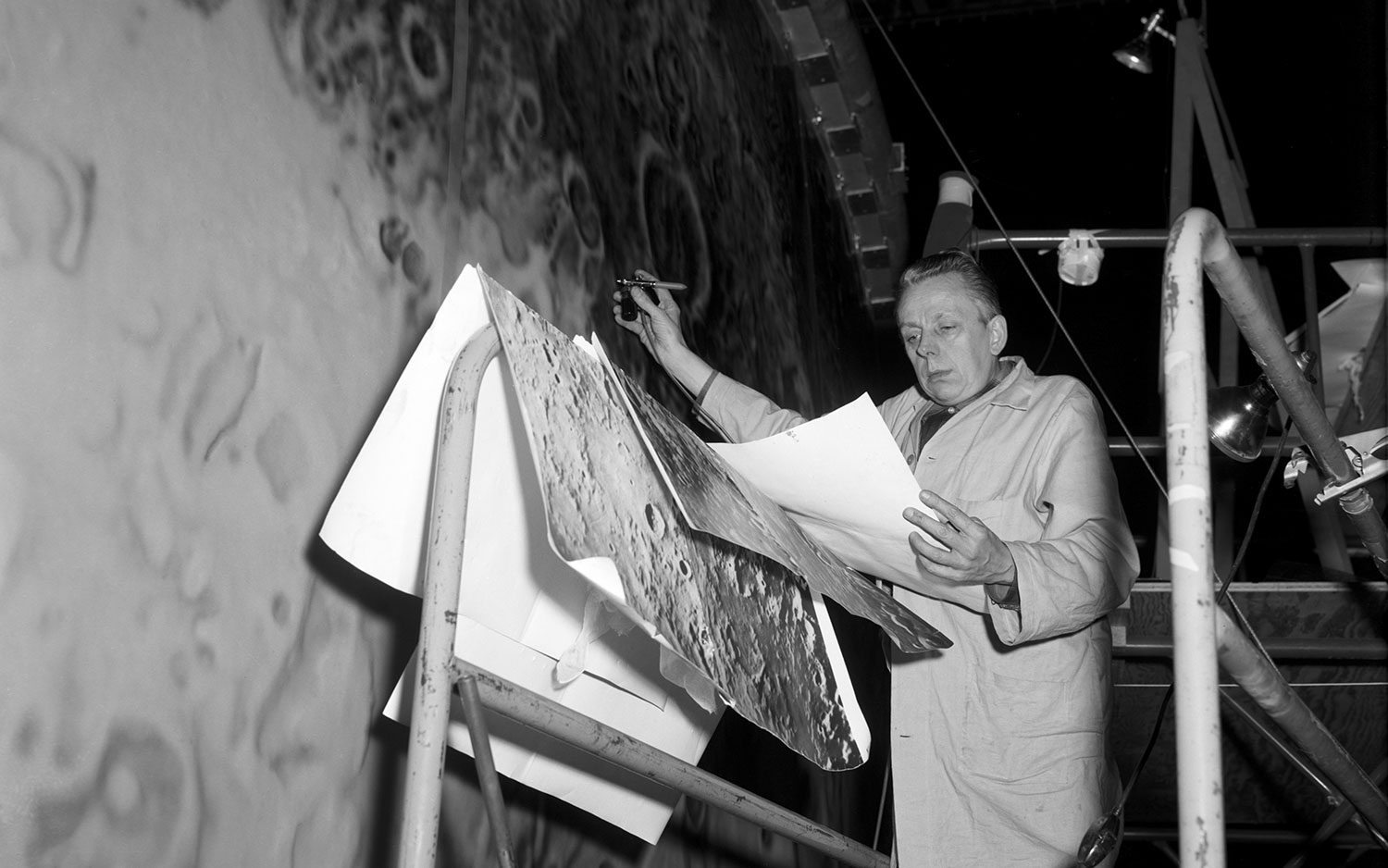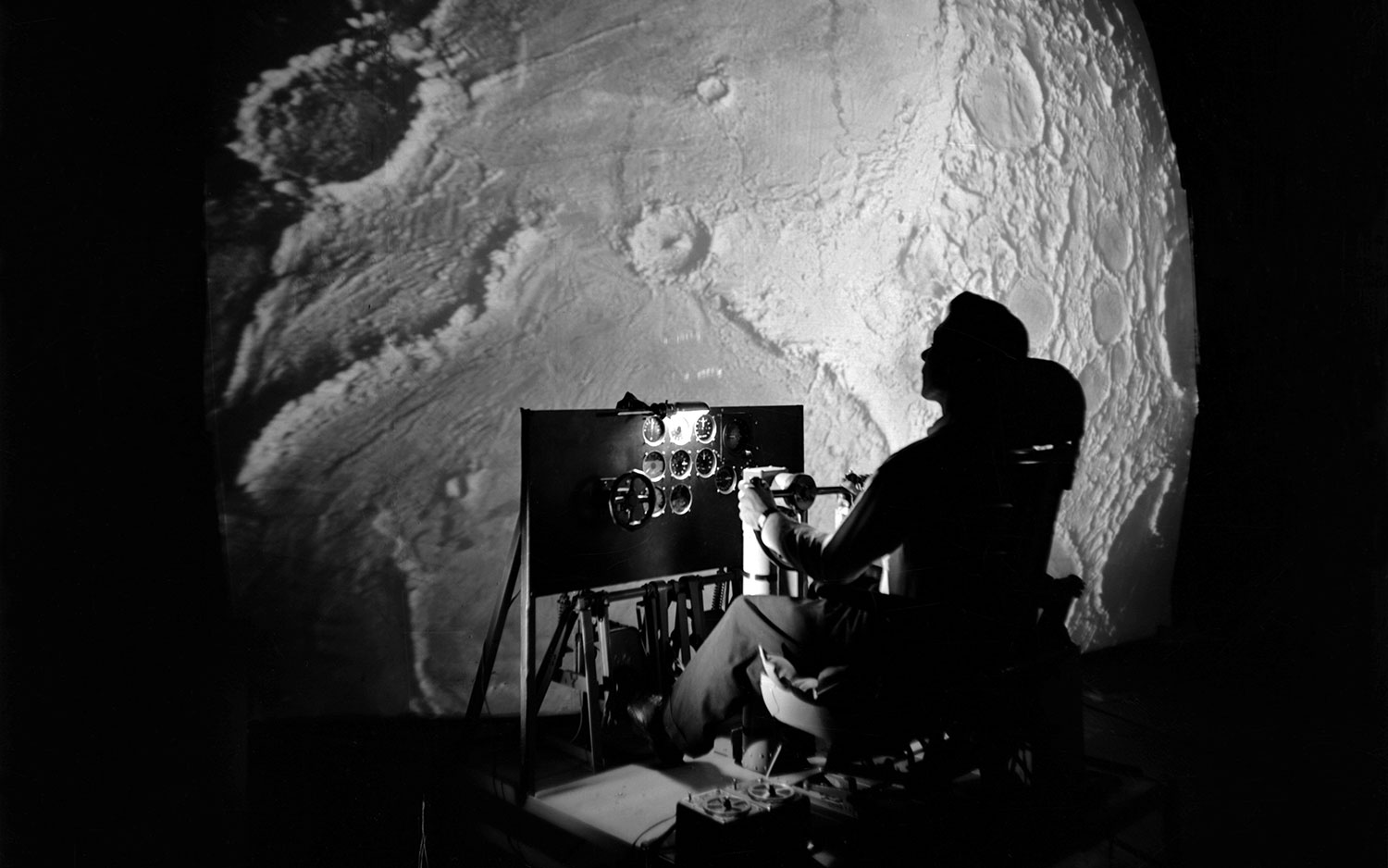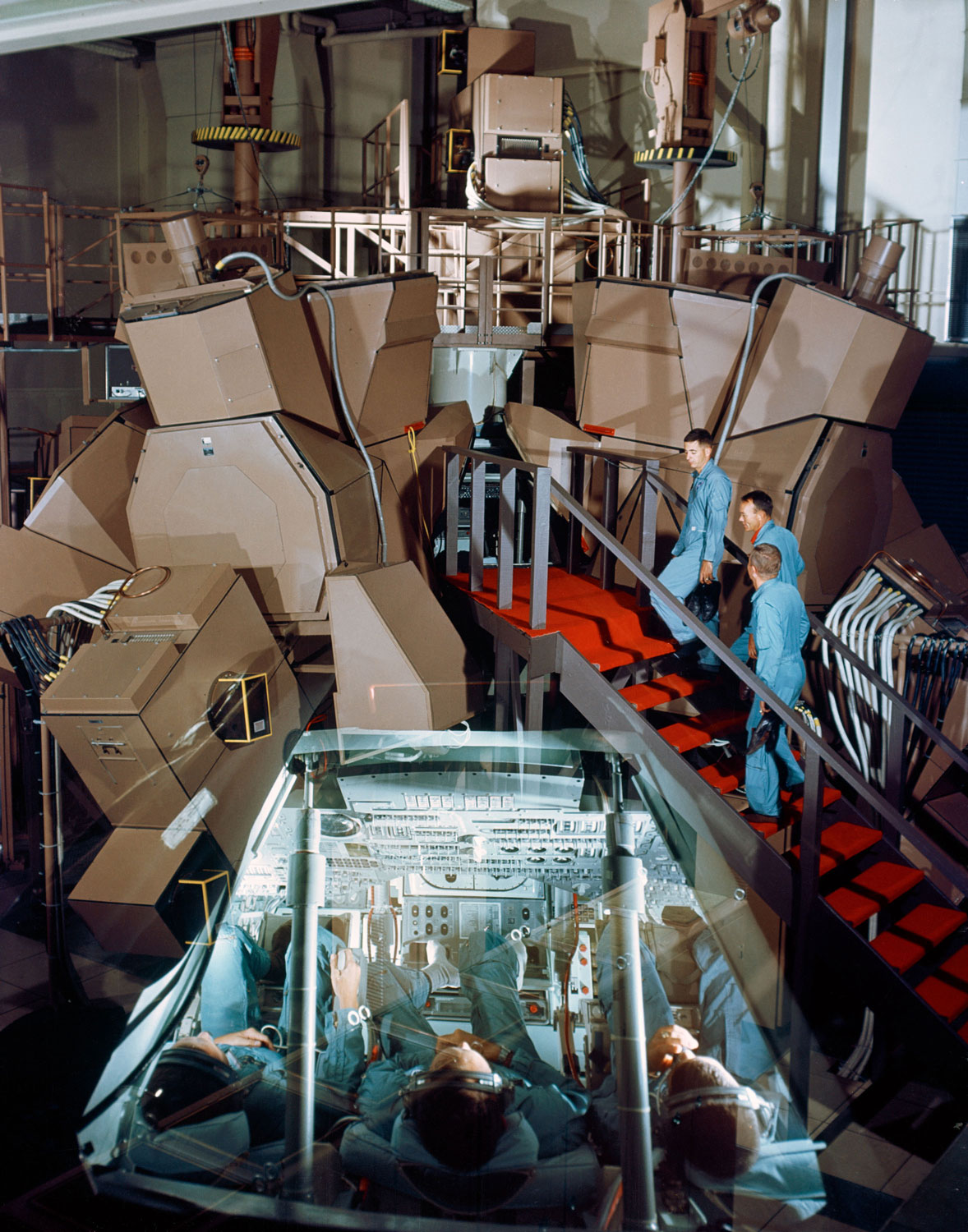Building Apollo: Photos from Moonshot History
Unmanned flight tests
A tremendous amount of engineering and creativity went into the successful lunar touchdown of the Apollo 11 mission on July 20, 1969 and the following missions. Here's a look at the development process.
From left to right, launches of the AS-201, AS-202 and AS-203 rockets from 1966. The first Saturn IB launch vehicle, AS-201, took off from Cape Canaveral on Feb. 26, 1966. The second Saturn IB launch vehicle, AS-202, took off from Cape Canaveral on Aug. 25, 1966. The second of the uprated Saturn 1 Development Mission Series, AS-203, launched from the Kennedy Space Center on July 5, 1966.
Apollo Prime Crew
For the first Apollo Space Fight, astronauts Virgil I. Grissom, Edward H. White II, and Roger B. Chaffee were chosen as the prime crew. The crewmembers were lost to a fire in the Apollo Command Module during a test on Jan. 27, 1967.
Learning to Exit
During a June 1966 water egress training, Apollo 1 prime crew members prepare for their upcoming mission at Ellington Air Force Base. Edward H. White II floats on a raft in the foreground. Roger B. Chaffee sits on the boilerplate of the practice module and Virgil I. Grissom waits inside the craft.
Walking on the Moon
Astronaut Roger Chaffee prepares for time on the lunar surface at the Lunar Landing Facility. Using the Reduced Gravity Walking Simulator, researchers study factors related to difference in gravity expected on the moon.
Effects of Fire
The Jan. 27, 1967 fire which took the lives of the initial prime crew caused significant damage as seen in the interior of the Apollo/Saturn 204 module. During a training exercise, a misplaced wire bundle, worn by a sharp-edged access door, sparked and ignited flammable material, fueled by the pure oxygen environment. The flash fire quickly took the lives of the crew inside.
A Space Suit
NASA Langley researcher Kenneth R. Yenni models a proposed Apollo spacesuit.
Moon Fashions
An overgarment for the Apollo spacesuit to be worn on the lunar surface, modeled by NASA test subject.
Breaking space news, the latest updates on rocket launches, skywatching events and more!
Lunar Landing Research Vehicle
At the NASA Flight Research Center, engineers test the LLRV, one of three concepts for descent vehicles for the lunar surface missions. In 1963 Bell Aerosystems Company received its first production contract for the flight study vehicle.
Project LOLA
An artist creates the lunar surface on four models constituting the Lunar Orbit and Landing Approach simulator. The almost $2 million project aimed to help pilots prepare for actual lunar landings.
LOLA in Action
A pilot uses the LOLA. The simulator — consisting of a cockpit, a closed-circuit TV system and four large murals of the lunar surface — provided pilots with a comprehensive visual encounter of the lunar surface.
Double Time
In an intentionally double-exposed image, astronauts William A. Anders, Michael Collins and Frank Borman, from top to bottom on the stairs, are also seen inside the Apollo Mission Simulator.
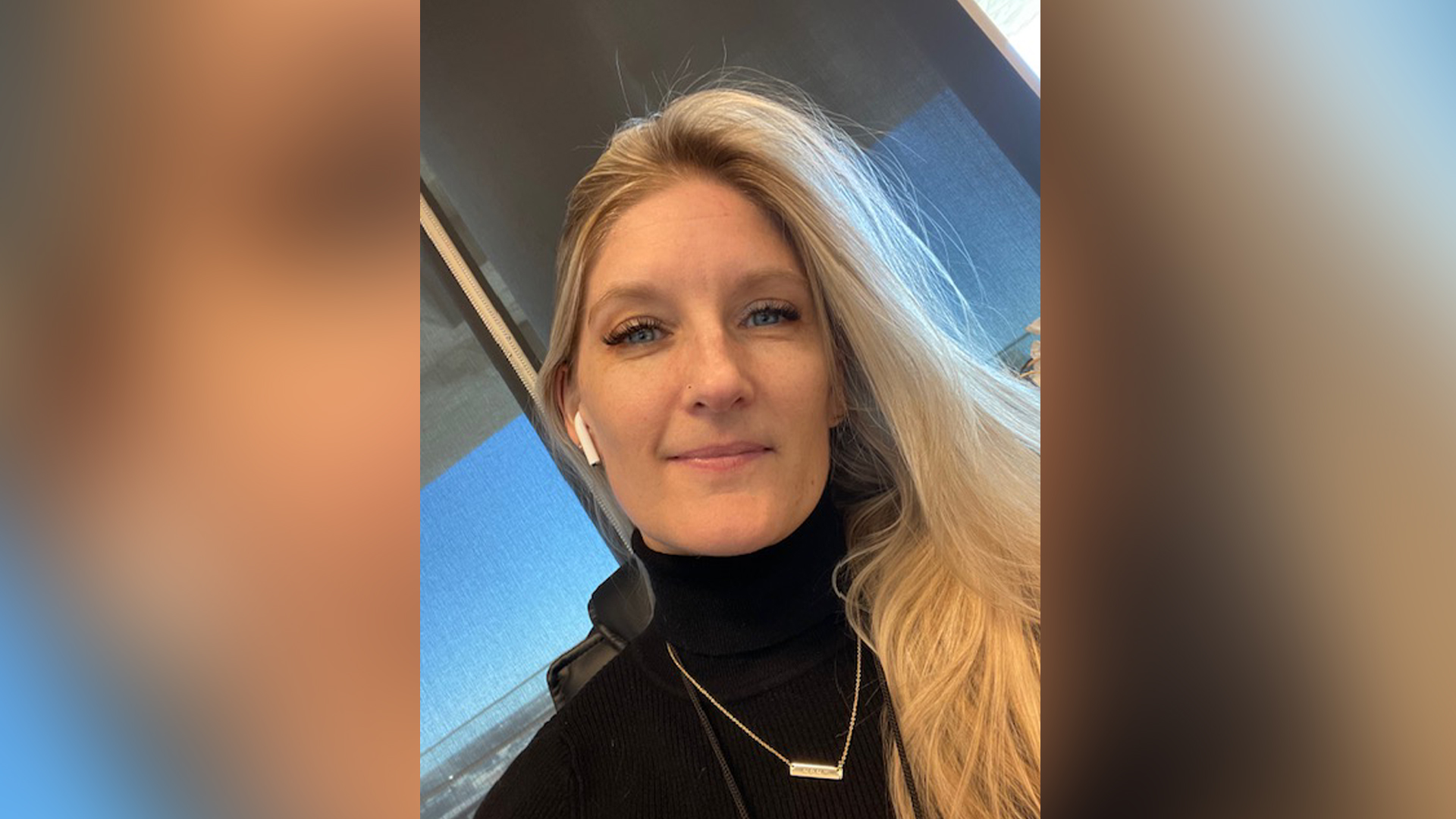
Christine Lunsford joined the Space.com team in 2010 as a freelance producer and later became a contributing writer, covering astrophotography images, astronomy photos and amazing space galleries and more. During her more than 10 years with Space.com, oversaw the site's monthly skywatching updates and produced overnight features and stories on the latest space discoveries. She enjoys learning about subjects of all kinds.
